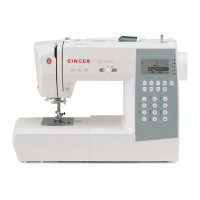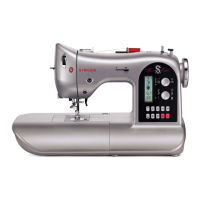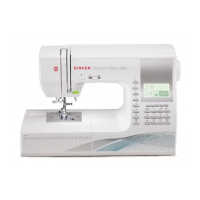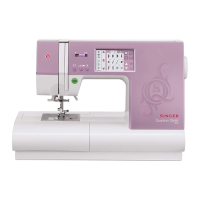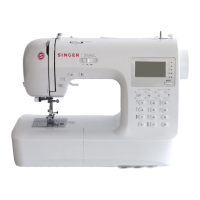Why does the upper thread keep breaking on my Singer 9340 Sewing Machine?
- MmelissaschmidtJul 31, 2025
The upper thread may break due to several reasons: * The machine might not be threaded correctly, so rethread it. * The thread tension could be too tight; reduce the thread tension. * The thread might be too thick for the needle; in this case, select a larger needle. * The needle might not be inserted correctly; remove and reinsert the needle with the flat side towards the back. * The thread could be wound around the spool holder pin; remove the spool holder and unwind the thread. * The needle might be damaged; replace it.
